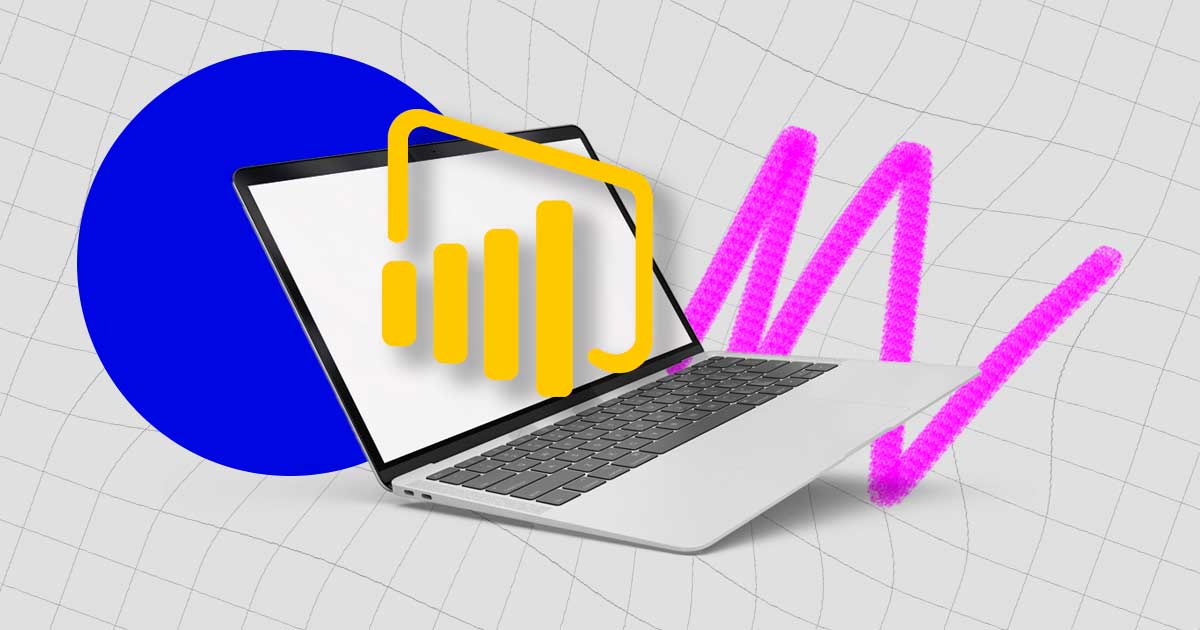Setting up and optimizing ads on the Google Display Network can be a complicated process of trial and error. However, one of the best ways to avoid wasting money and effort is to know the image formats for Google Ads that should be used.
We have already told you here how to understand each type of Google ad and its functions, as well as the importance of advertising on Google. However, for the ads to really be effective, it is very important to understand the image formats for Google Ads. So, in this new article we are going to give you a complete guide on the subject!
Do image formats for Google Ads really matter?
YES! Capital letters and all! When advertising on the Display Network in Google Ads, one of the many considerations you need to make is the format of the image used. It would be much easier to just create an ad anyway and let it run, but the truth is that this will definitely impact the results.
In the Display Network, the websites that run the ads have control over the size of the featured ad. So if they want banner images on the sides, top or bottom of the site, for example, it is important that the ad meets this requirement.
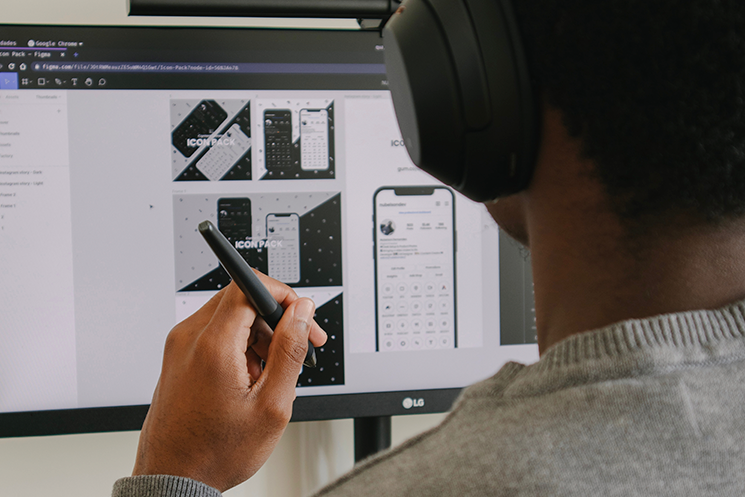
Choosing the wrong size effectively limits the reach of campaigns. And if the campaign is targeted to a specific niche, the ad can become completely ineffective.
According to the latest data provided by DoubleClick, the digital advertising company acquired by Google, some ad sizes tend to have different click-through rates. In most cases, ads with 300×250 get more clicks per day.
However, even if from the data above the 300×250 size seems the best option to display the ads on as many sites as possible, it is important to know that campaigns can suffer if only the more traditional formats (300×250 and 728×90) are used.
As mentioned earlier, each site decides the size of the featured ad. Therefore, it is always important to create ads of all image formats for Google Ads in campaigns and optimize each one as much as possible.
Furthermore, there is another important consideration with regard to image formats for Google Ads: mobile devices. More and more sites are using Display Network ads for mobile, and consumers are starting to pay attention to them. So you need to keep the mobile version in mind when creating your images and choosing the size to be used.
After all that was initially presented, it is undeniable that the image format for Google Ads is very important for ad performance, isn’t it? After all, this can affect where you place your ad, how often users view it, and even whether or not it will be displayed on the Mobile Display Network.
Learn about image formats for Google Ads
According to Google’s report, there are five main ad formats to consider when creating a Display Network campaign: 300×250, 336×280, 320×100, 728×90, and 300×600.
300×250
This image size is known as the “medium rectangle” size, and, as we saw earlier, is one of the most widely used banner ad sizes on the Internet.
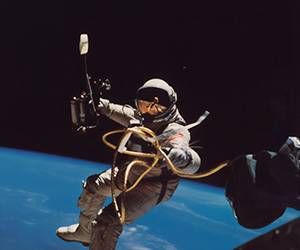
As you can see, the image format for Google Ads of 300×250 is relatively small and does not take up much space on the page, especially in comparison to higher sizes such as 300×600, for example.
And this is one of the reasons that make it a great option. Another advantage is that this type of ad is usually embedded in the text, which decreases the chance that consumers will walk right past it. As such, size and positioning in the text are the big strengths of Google’s number 1.
336×280
The second type of ad is known as a “large rectangle”. Even though this format does not receive as many impressions as the first, it is still widely used in many websites.
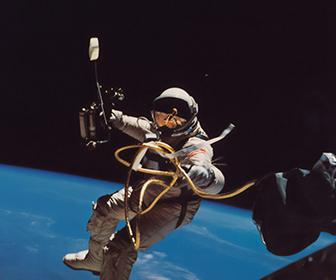
This format is about the same size as 300×250, so it is also an excellent option for appearing in the middle of texts and articles, without getting in the way of viewing.
728×90
This image format for Google Ads is called a “header”, because it is usually displayed prominently at the top of the page on which it is published.

According to Google, this type of ad should always be positioned at the top of the content or site. If it is elsewhere on a site, you can choose not to remove the ad from the page.
300×600
The 300×600 format is known as “half page”, even though it does not actually cover half of a full page. The purpose of this type of ad is to give the advertiser more space to convey the message. Also, by taking up more space the visibility is greater, increasing the chances of getting a click on the ad.
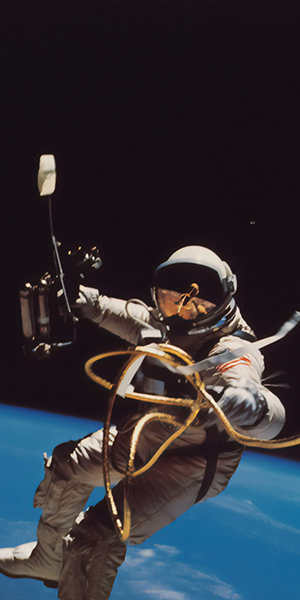
According to Google, this ad format is currently among the fastest growing sizes per impressions due to its ability to provide greater visual impact.
320×100
This ad size is called the “large mobile banner” and Google recommends it over the shorter or taller options like 320×50 or 300×250, for example.

Such ads fit well on the screen and do not impair page view. Since they are smaller, they are also a good choice for mobile devices. In addition, this format also offers better visibility than shorter images on mobile devices.
Image formats for Google Ads for mobile
Nowadays, everything must be designed to be mobile-first. Including Google Ads campaigns.
Mobile data traffic continues to increase rapidly. By January 2021, the total number of mobile Internet users was 4.32 billion globally. Therefore, with so many consumers surfing the Internet on their phones, you need to make sure that your ads are optimized for mobile.
Google Ads is the most popular type of ad clicked on mobile devices, so it is worth investing in mobile-optimized formats. Some mobile formats overlap well with the sizes that appear on desktop devices. However, some desktop sizes do not fit well on mobile devices.
So, check out the image formats for Google Ads that should be considered for mobile device optimization:
- 300×200
- 300×50
- 300×100
- 250×250
- 200×200
These ad sizes will look great on mobile devices and display valuable content that fits all over the screen, without looking stretched and misshapen.
By optimizing ads for mobile devices, you can ensure that the creative is presented in the best possible way to the mobile-using audience – that is, the majority of the audience.
Image Sizes for Display Ads in Google Ads
In addition to the previously mentioned image formats for Google Ads, there are also images for graphic ads. And you need to know their size! Check it out:
Display ads
Graphic Ads
- 300 x 100
- 750 x 300
- 750 x 200
- 750 x 100
- 950 x 90
- 88 x 31
- 220 x 90
- 300 x 31
- 980 x 90
- 240 x 133
- 200 x 446
- 292 x 30
- 960 x 90
- 970 x 66
- 300 x 57
- 120 x 60
- 320 x 400
- 600 x 314
- 468 x 60
- 728 x 90
- 250 x 250
- 200 x 200
- 336 x 280
- 300 x 250
- 120 x 600
- 160 x 600
- 320 x 50
- 320 x 100
- 300 x 50
- 425 x 600
- 300 x 600
- 970 x 90
- 240 x 400
- 980 x 120
- 930 x 180
- 250 x 360
- 580 x 400
- 300 x 1050
- 480 x 320
- 320 x 480
- 768 x 1024
- 1024 x 768
- 480 x 32
- 1024 x 90
- 970 x 250
- 375 x 50
- 414 x 736
- 736 x 414
Adaptive Display Advertisement (image)
- 1.91:1, minimum 600 x 314
- 1:1, minimum 300 x 300
Adaptable Display Advertisement (logo)
- 1:1, minimum 128 x 128
- 4:1, 512 x 128 minimum
App Announcements
App installation advertisement
- 1.91:1, minimum 600 x 314
Graphical app installation advertisement
- 468 x 60
- 728 x 90
- 250 x 250
- 200 x 200
- 336 x 280
- 300 x 250
- 120 x 600
- 160 x 600
- 320 x 50
- 320 x 100
- 300 x 50
- 425 x 600
- 300 x 600
- 970 x 90
- 240 x 400
- 980 x 120
- 930 x 180
- 250 x 360
- 580 x 400
- 300 x 1050
- 480 x 320
- 320 x 480
- 768 x 1024
- 1024 x 768
- 480 x 32
- 1024 x 90
- 970 x 250
- 375 x 50
- 414 x 736
- 736 x 414
App Announcement for installations
- 1.91:1, minimum 600 x 314
- 320 x 50
- 320 x 100
- 468 x 60
- 728 x 90
- 200 x 200
- 336 x 280
- 300 x 250
- 120 x 600
- 160 x 600
- 300 x 600
- 970 x 90
- 980 x 120
- 930 x 180
- 250 x 360
- 580 x 400
- 240 x 400
- 425 x 600
- 300 x 1050
- 480 x 320
- 480 x 32
- 768 x 1024
- 1024 x 90
- 1024 x 768
- 300 x 50
- 320 x 480
- 970 x 250
- 375 x 50
- 414 x 736
- 736 x 414
- 250 x 250
App Interaction Ad
- 300 x 250
- 320 x 50
- 320 x 480
- 480 x 320
- 1200 x 628
Video Ads
TrueView in-stream, short video ad, non skippable video ad (banner)
- 300 x 60
Outstream ads (logo)
- Any image in 1:1 format, with a size between 1 x 1 and 1024 x 1024
Local Ads
Image
- 1.91:1, minimum 600 x 314
- 1:1, minimum 314 x 314
Logo
- 1:1, 116 x 116 minimum
Discovery Ads
Discovery ad (image)
- 1.91:1, minimum 600 x 314
- 1:1, minimum 300 x 300
Discovery ad (logo)
- 1:1, minimum 128 x 128
Discovery carousel ad (image)
- 1.91:1, minimum 600 x 314
Discovery carousel ad (square image)
- 1:1, minimum 300 x 300
Discovery carousel ad (logo)
- 1:1, minimum 128 x 128
Gmail graphic ad (image)
- Any image with a size between 300 x 650 and 300 x 1000
Gmail graphic advertisement (logo)
- 144 x 144
Gmail ad (image)
- 1.91:1, minimum 600 x 314
- 1:1, minimum 300 x 300
Gmail ad (logo)
- 1:1, minimum 144 x 144
Gmail Ad (header)
- Any format from 3:1 to 5:1, minimum 300 x 100
Gmail ad (image from catalog)
- 1:1, minimum 300 x 300
See how understanding image formats for Google Ads is an important step in improving campaign performance? If you need help improving your company’s results, we can help you with digital marketing services! Contact us and learn more.

